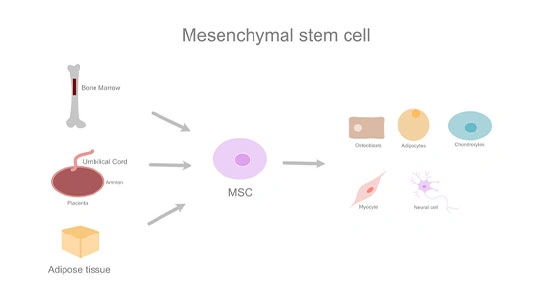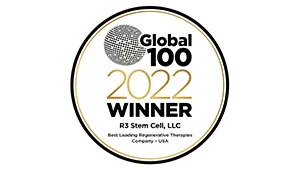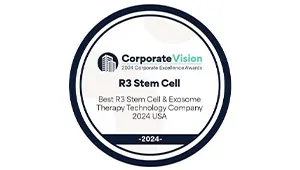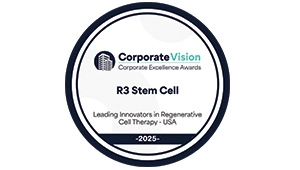Amniotic fluid is the protective liquid that is contained within the amniotic sac of a pregnant mother. Amniotic fluid originates from the mother’s plasma and passes through the fetal membranes by way of osmotic and hydrostatic forces. It is important that the fetus inhales and exhales the amniotic fluid, so that the lungs develop normally.
The amniotic fluid also creates urine, and the fetus secretes and contributes to the formation of meconium. Additionally, amniotic fluid cushions the fetus from any jarring or blows to the mother’s abdomen and promotes the development of the fetus’ skeletal and muscular development.
Amniocentesis Procedure
When fluid is drawn out of the amniotic sac for evaluation, the doctor can determine the fetus’ genetic health. The amniotic fluid contains amniotic stem cells and fetal cells which can be examined for genetic abnormalities.
The procedure of removing amniotic fluid requires a thin needle to pass through the mother’s abdomen, the uterus, and into the amniotic sac where about 20 milliliters of fluid is withdrawn. The doctor uses imaging to determine the fetus’ position to minimize the danger to the fetus. There is less than a 1% risk of miscarriage with amniocentesis.
Amniotic Fluid and Stem Cells
Amniotic fluid contains a considerable amount of stem cells. These are distinguished as amniotic derived stem cells and are considered to be pluripotent, meaning that they can differentiate themselves into various tissues. These stem cells are non-embryonic and are not derived from the embryo, so there is little resistance for using this type of stem cells in research.
Amniotic derived stem cells have shown in research the ability to differentiate into varying cell types, such as brain, bone, and liver tissues. Other types of stem cells do not have this functionality and are only able to differentiate into specified cell types. These types include bone marrow derived stem cells, which only differentiate into blood cells. The amniotic sac is not the only area that contains stem cells. The amnion, umbilical cord, and placenta have all been shown in studies to also contain amniotic derived stem cells, which can be isolated at birth.
Study Regarding Mesenchymal Cells
Amniotic fluid is considered to be so great because of the fairly plentiful source, easy retrieval, and safety associated with the procedure. In studies performed in-vivo, both pluripotent and multi-potent stem cells have been isolated from amniotic fluid. These cells were studied and proven to have the capability to differentiate into kidney and lung tissues, and this proves a potential promise to treat diseases which afflict these tissues.
 There has been one case where amniotic derived stem cells have successfully been used for tissue reengineering. In the study, mesenchymal cells were isolated from the amniotic fluid and used to differentiate cartilage in-vivo while maintaining the scaffold for fifteen weeks separating.
There has been one case where amniotic derived stem cells have successfully been used for tissue reengineering. In the study, mesenchymal cells were isolated from the amniotic fluid and used to differentiate cartilage in-vivo while maintaining the scaffold for fifteen weeks separating.
Due to research and highly promising findings, amniotic stem banks have popped up around the world, with the main one in Massachusetts, United States. Other reasons amniotic derived stem cells are becoming so popular in research is storage at minimal cost, and over long periods of time with no adverse effects. Amniotic stem cells are an excellent source of therapy for many genetic disorders which previously were untreatable.
In studies using animal models, these stem cells have shown promise in therapy, but this concept is still fairly new. More research is required to prove how effective amniotic stem cells could be in regenerative medicine. The possibilities are endless, and include therapy for the hematopoietic system, brain, bone, kidney, lung, heart, and other important tissue types.
With amniotic stem cell treatments, the fluid actually comes after caesarean sections from women who donate it. Otherwise, the fluid would be discarded. Amniocentisis is not necessary for harvesting.
R3 offers amniotic stem cell therapy with stem cell doctors nationwide. Treatments are offered for numerous musculoskeletal conditions including rotator cuff tendonitis, knee arthritis, achilles tendonitis, plantar fasciitis, and more!

Dr. David Greene
MD, PhD, MBA
Dr. David Greene, MD, PhD, MBA, is a pioneering leader in regenerative medicine and healthcare marketing. As a residency and fellowship-trained orthopedic surgeon, Dr. Greene transitioned from clinical practice to become the founder and CEO of R3 Stem Cell and US Lead Network, where he has revolutionized patient care and medical practice growth through innovative therapies and digital marketing strategies. He has authored two influential books on healthcare internet marketing, ranks among the top expert authors globally, and has been featured on the cover of Corporate Vision magazine for his impact on global regenerative therapies. Beyond his professional achievements, Dr. Greene is passionate about education, compassion, and continuous innovation.











No Comments